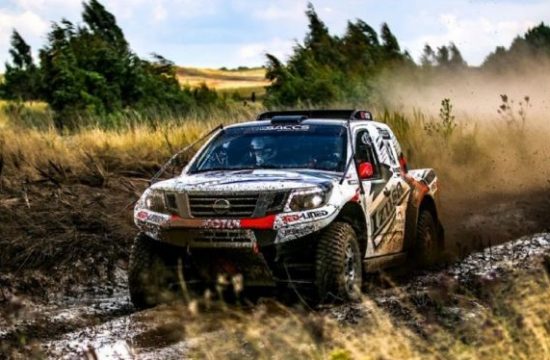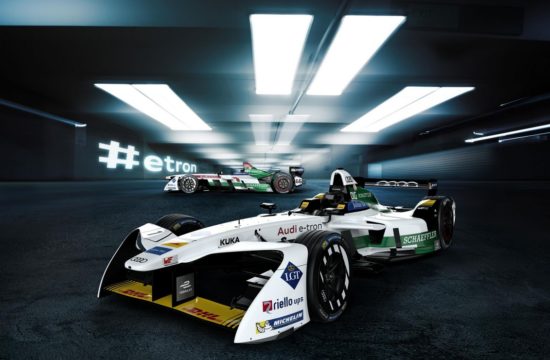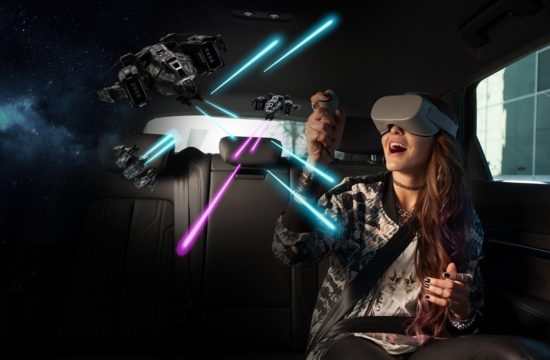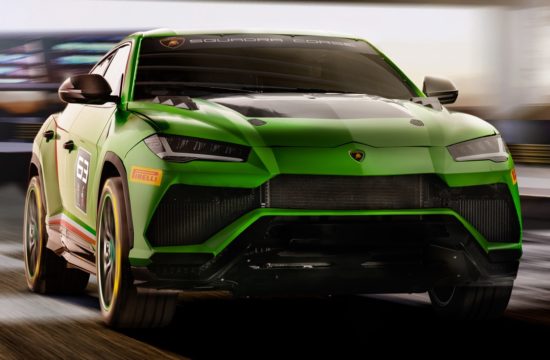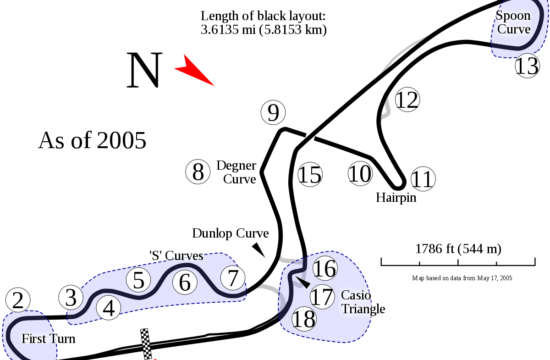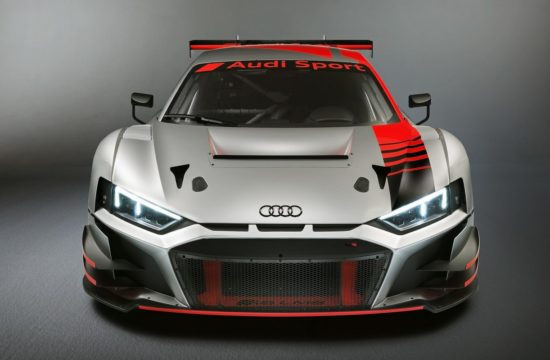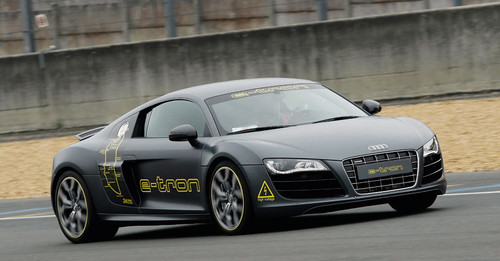
Following its driving debut at this year’s Le Mans 24 hours, Audi R8 e-tron is getting ready to tackle Silvretta E-Auto Rally Montafon 2010 in Austria. This electric supercar will have to cover a distance of 167.5 kilometer with Michael Dick, Member of the Board of Management and factory driver Lukas Luhr at the wheel.
This car is a prototype for Audi’s new e-tron technology, but it’s very likely for it to spawn an all-electric version of the R8 for production. In that case, it will go one on one with Mercedes SLS E-Cell electric supercar which is due for 2013.
Audi R8 e-tron is powered by four electric motors, two each on the front and rear axles, delivering a combined power of 230 kW (313 hp) and 4,500 Nm! of torque. It accelerates from 0 to 100 km/h in 4.8 seconds and is currently set for a top speed of 200 km/h.
Michael Dick says: “We already received very good feedback on the Audi R8 e-tron in Le Mans. In Montafon, the e-tron will put its potential to the test in ten different mountain, valley and timed special stages. This is a good opportunity to showcase Audi’s integrated approach and to experience the fascination of electromobility in a sports car on the road.”
Press Release:
Design and package
One glance is all it will take for the fans at the Silvretta E-Auto Rally Montafon 2010 to recognize the caliber of the car: Based on the R8, this Audi e-tron has a wide, powerful road stance. The trapeze of the single-frame grille dominates the front end and is flanked by two large air intakes. 1.90 meters (6.23 ft) wide, just 4.43 meters (14.53 ft) long and 1.25 meters (4.10 ft) tall – those are the proportions of a supercar. The wheelbase of 2.65 meters (8.69 ft) leaves plenty of room between the axles for people and technology. The sporty proportions offer enough room in front of the rear axle for the battery unit and the power electronics.The special package of the Audi e-tron technology platform provides for a 42:58 distribution of weight between the front axle and the rear axle, and thus for optimal balance and driving dynamics.
Because systematic lightweight construction is also a crucial prerequisite for the efficiency and range of electric cars, the Audi designers tapped into one of the company’s core competences for the R8 e-tron technology platform: The body structure is based on Audi Aluminum Space Frame (ASF) technology.
Driving dynamics
The normal distribution of torque is clearly biased toward the rear axle and is similar to that of the production R8 mid-engine sports car, sending roughly 70 percent to the rear and 30 percent to the front. If an axle slips, this balance can be varied by means of the four centrally controlled electric motors. The electric vehicle from Audi thus enjoys all of the advantages of quattro technology.
The R8 e-tron also uses the four individual motors, which as wheel drives are connected directly to the respective wheel via a short shaft, to control the lateral dynamics. Similar to what the sport differential does in conventional quattro vehicles, they enable torque vectoring – the targeted acceleration of individual wheels – and thus active distribution of the torque. This improves driving dynamics while at the same time increasing driving safety. Understeer and oversteer can be corrected by not only targeted activation of the brakes, but also by precise increases in power lasting just a few milliseconds. The concept car remains extremely neutral even under great lateral acceleration and hustles through corners as if on the proverbial rails.
The chassis has triangular double wishbones at the front axle and a trapezoidal-link rear suspension made of forged aluminum components – a geometry that has proven in motorsports to be the optimal prerequisite for high agility, uncompromising precision and precisely defined self-steering behavior. A taut setup was chosen for the springs and shock absorbers, but still offers a high level of comfort.
The direct rack-and-pinion steering gives finely differentiated feedback. Boost is varied electromechanically as a function of speed. Fittingly, the technology platform rolls on 19-inch wheels.
Power supply
The energy storage unit is charged with household current (230 volts/16 amperes) via a cable and a plug. What used to be fuel cap covers the socket. With the battery fully discharged, charging time is between six and eight hours. High-voltage (400 volts, 63 amperes) reduces this to around 2.5 hours.
The battery isn’t only charged when the car is stationary, but also while driving. The keyword here is recuperation. This form of energy recovery is already available today in a number of Audi production models. During braking, the alternator converts the kinetic energy into electrical energy and feeds it into the onboard electrical system. This relieves the load on the alternator during the next acceleration phase, which enhances driving dynamics and improves efficiency.
Interior and control conceptThe interior evokes motorsports ambience on a luxury level. As with the R8, its distinctive element is the monoposto: a large arc sweeping around the dashboard instruments. Unlike the R8 production model, however, the Audi R8 e-tron has a graphic display to indicate the driving mode. It is located between two dial instruments that indicate the recuperation and the boost level, respectively. Similar to the new A8, the driver of this high-performance sports car can select the various driving modes using a stalk that is based on shift-by-wire technology.
Audi at the Silvretta Classic
It goes without saying that Audi’s heritage department will also be participating in the traditional Silvretta Classic. Thomas Frank, Head of Audi Tradition, will be piloting one of the rare green Audi Sport quattro models. A grand total of 15 of these cars were painted “Malachite Green” between 1983 and 1985. What had long been the most expensive car that Audi had ever built is highly coveted by collectors and enthusiasts, and prices are rising steadily.
Another headturner in the automobile scene is the Audi Ur-quattro. Audi Tradition is entering a 1988 model with a very special team in the Silvretta Classic. Multi-time Mille Miglia-winner Luciano Viaro has relied on blind co-pilots in classic rallies for some time now. The Italian “M.I.T.E.” project (Miteinander, Insieme, Together, Ensemble) is a multilingual symbol for the integration of people with disabilities in classic racing. Blind persons are given the opportunity to participate actively in rallies as co-pilots, directing the driver using a roadbook in Braille. Audi Tradition has supported this project for the past year and is making its project debut at the Silvretta Classic in 2010.

